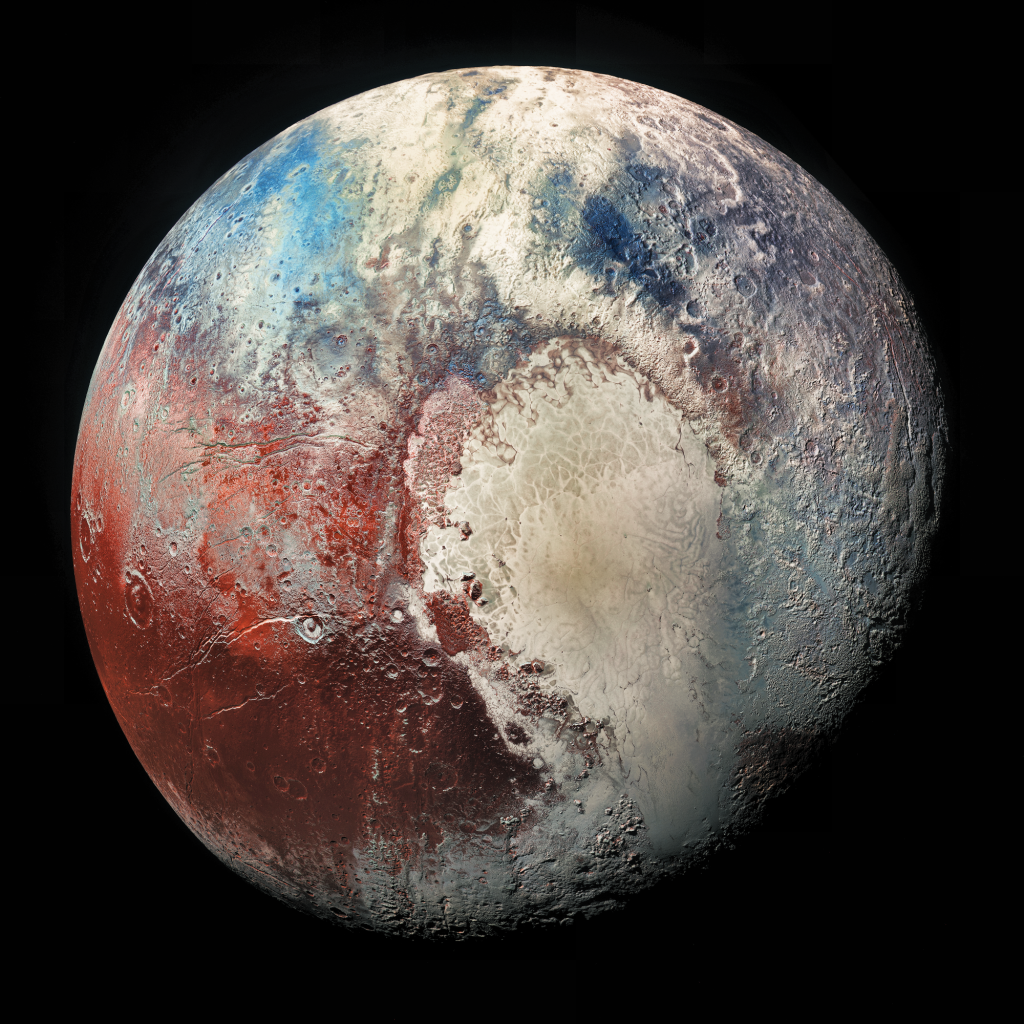
Samara Mathew (9) | STAFF REPORTER
Mercury, Venus, Earth, Mars, Jupiter, Saturn, Uranus, and Neptune; these are the celestial bodies that children of this day and age have familiarized as the official eight planets of our solar system. However, before 2006, there were nine celestial bodies considered to be planets in our solar system, with the planet farthest from the sun being Pluto. Since the International Astronomical Union (the IAU) made the decision to reconsider Pluto as a planet, and then officially rebranded Pluto as a dwarf planet, the debate over whether Pluto should be a planet has been reopened numerous times. There are strong arguments coming from both sides of the table, with scientists defending and countering Pluto’s status as a planet. What do you think? Should Pluto be considered as a planet again, or should it remain a dwarf planet?
Unsettlement surrounding Pluto’s status as one of the planets in our solar system (which it has held since 1930) began in 2005 when astronomers discovered Eris; an icy plutoid located fifteen billion kilometers away from the sun at its farthest orbital point. Eris was a small celestial body with characteristics that differed from the other planets, and this made astronomers worried about finding many more similar planets in the outermost regions of our solar system. At the time of Eris’ discovery, planets were defined as any celestial body that orbited around a star. So, to avoid this dilemma, the International Astronomical Union came up with a new official definition for a planet. They defined a “planet” as
A dwarf planet has similar features as a planet but has not cleared its orbital path, which is why many people were satisfied by the demotion of Pluto. However, not everyone agrees with this, including NASA chief Jim Bridenstine. During his speech at the Washington D.C. International Astronautical Congress in October 2019, Bridenstine
As the debate surrounding Pluto’s planetary status continues, new data continues to sprawl from both sides of the house. For now, Pluto remains classified as a dwarf planet. But as we continue to delve further into outer space, and explore the wonderful mysteries of our universe, new evidence come forth. Who knows? Perhaps Pluto will eventually regain its status as a fully-fledged planet, and your children will grow up familiarizing themselves with nine – instead of eight – official planets.


